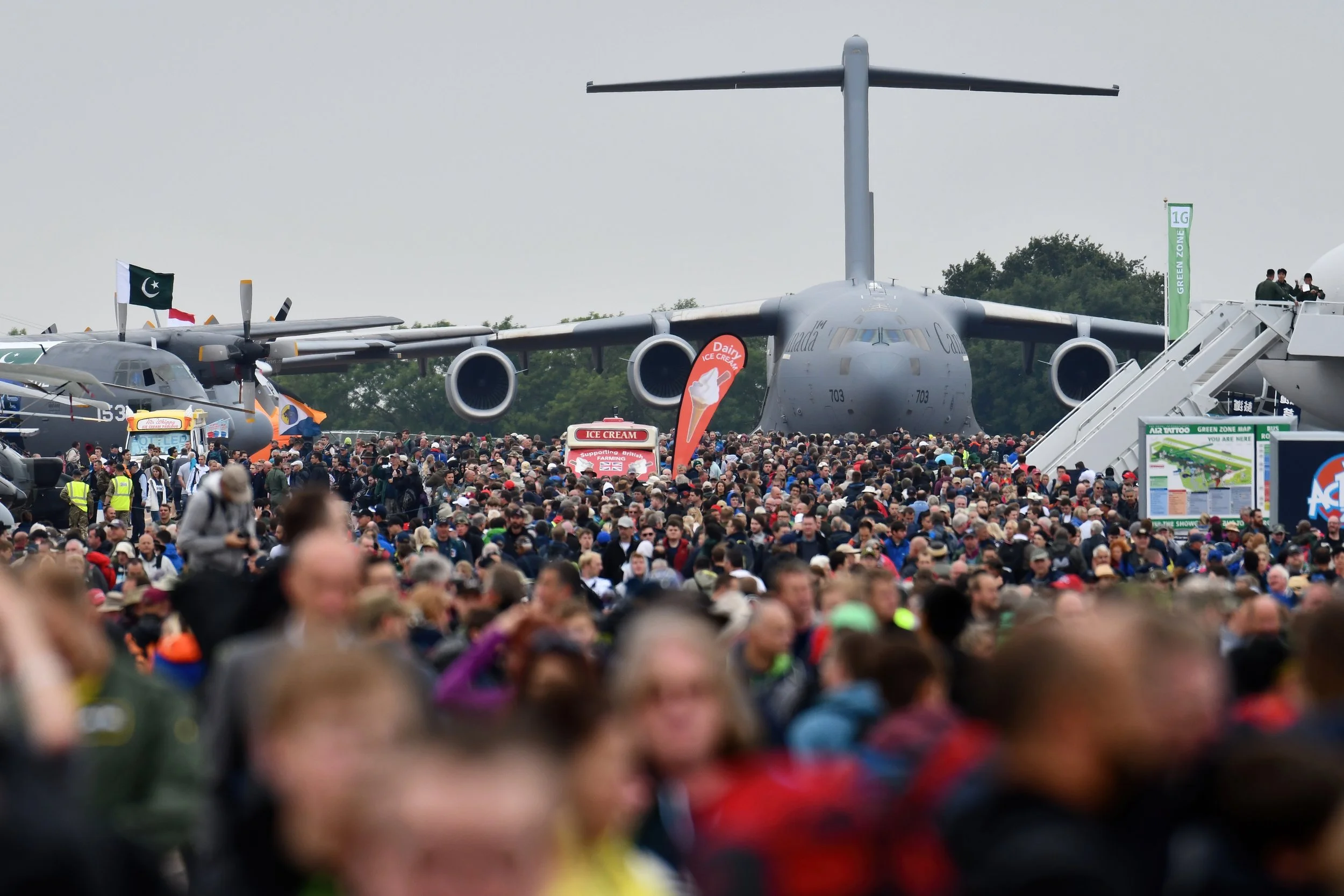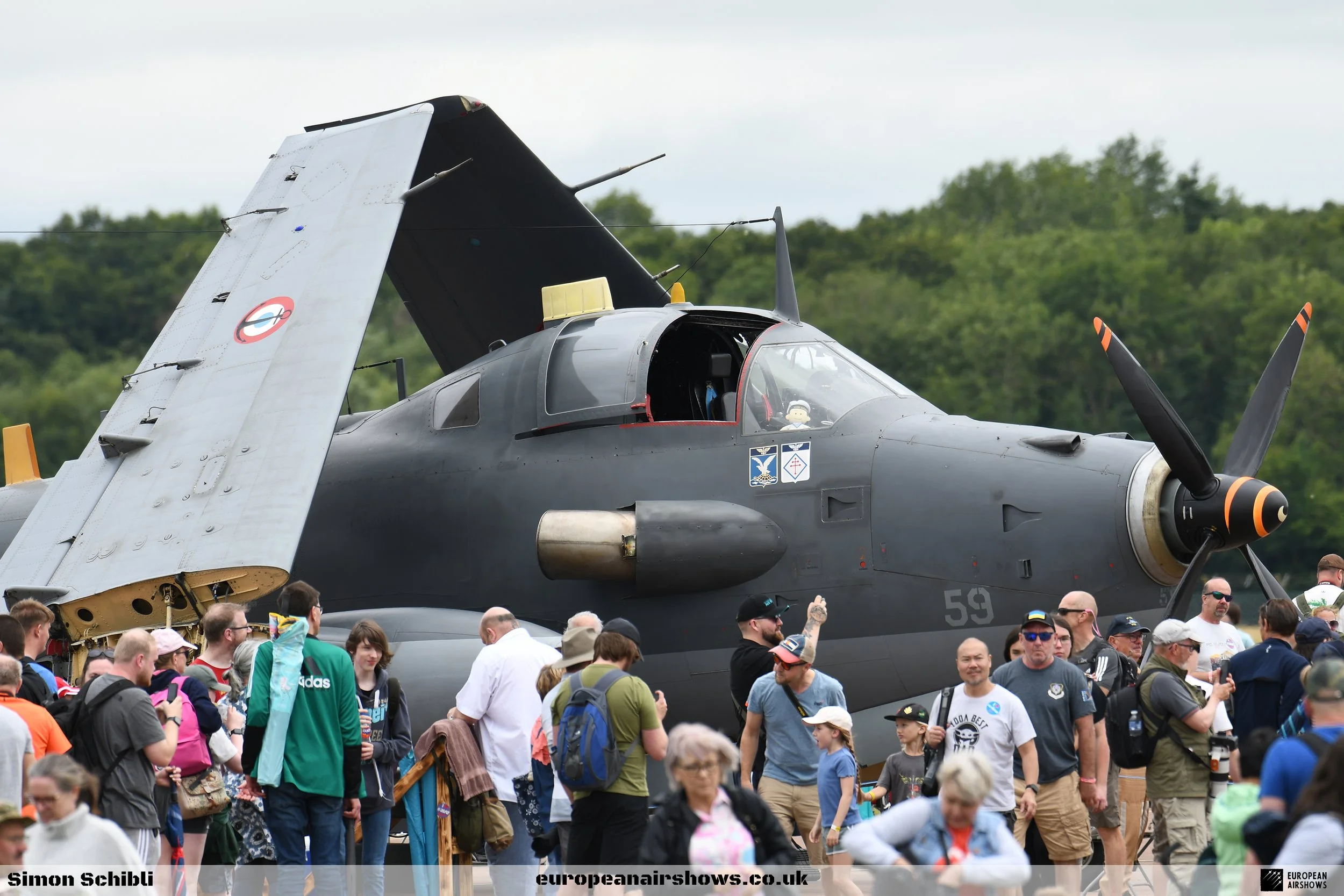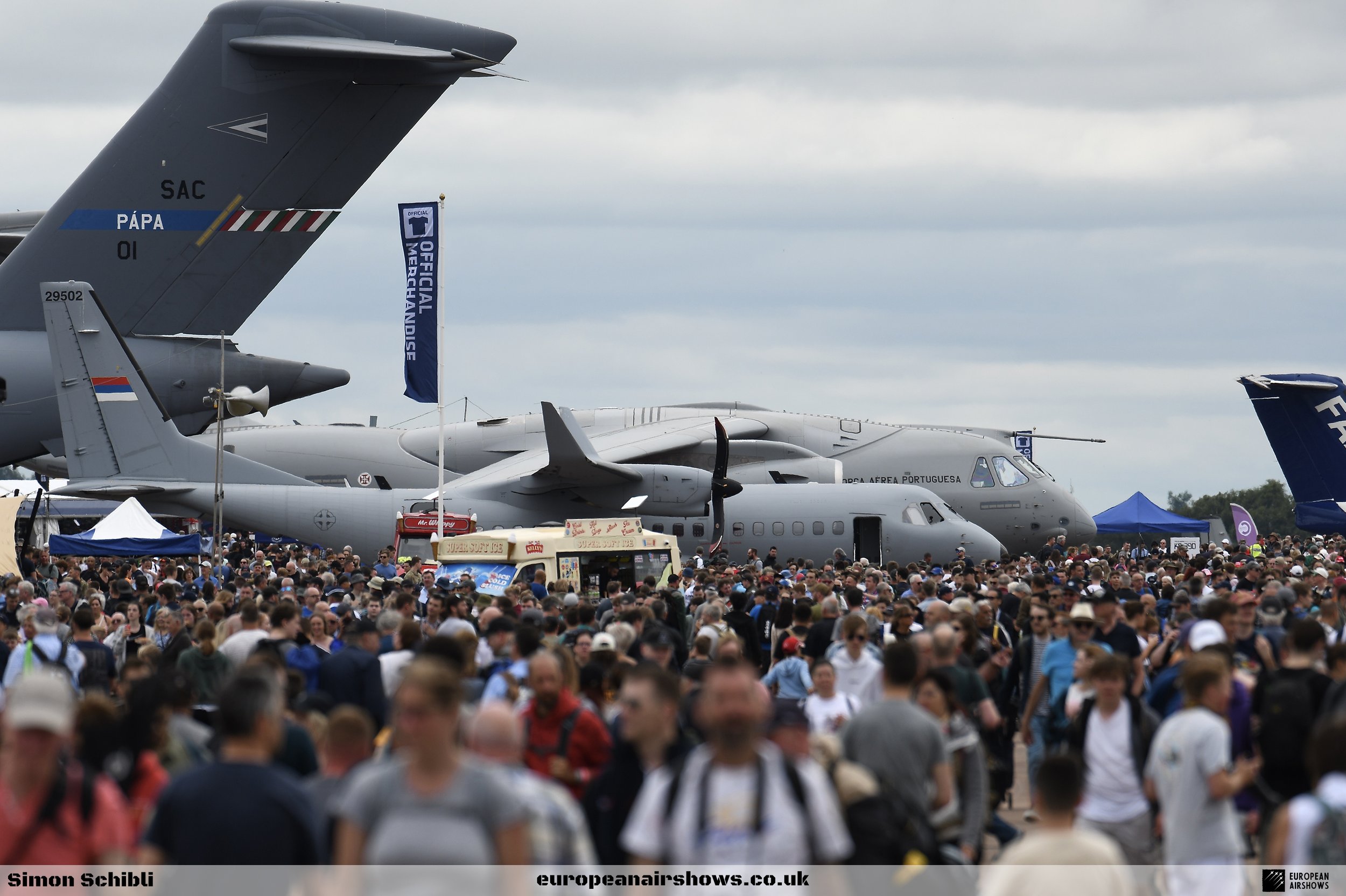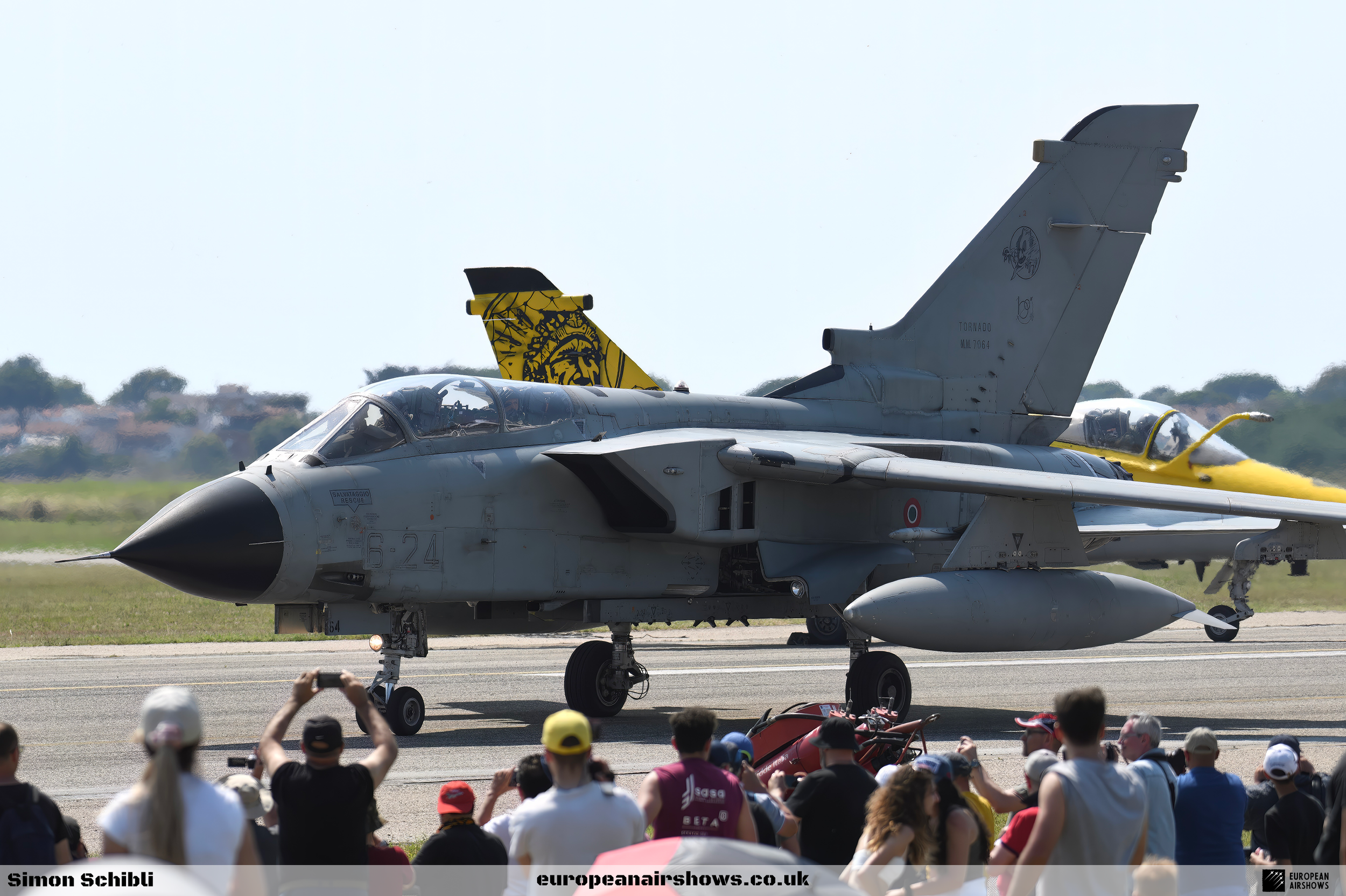
August 22 / First public international airshow held
First public international airshow 22 August 1909
First public international airshow
The Grande Semaine d'Aviation de la Champagne, which was held in Reims from August 22 to August 29, 1909, marked a significant milestone in the history of aviation. It was the first-ever public international airshow, and it attracted aviation enthusiasts, pilots, and engineers from all over the world.
At the airshow, various types of aircraft were displayed and flown, including monoplanes, biplanes, and triplanes. One of the most notable planes to make an appearance was the Wright Flyer, which had been designed by the Wright brothers.
Prior to the Grande Semaine d'Aviation de la Champagne, there was a gathering of aviation enthusiasts from June 28 to July 19, 1909 at the airfield in La Brayelle, near Douai. This event is considered by some historians to be the first-ever aviation meeting, and it attracted a large number of attendees who were interested in the emerging field of aviation.
Overall, the Grande Semaine d'Aviation de la Champagne and the gathering at La Brayelle played a crucial role in the development of airshows. They helped to raise public awareness of the potential of air travel, and they paved the way for future advancements in aviation technology.
An air show is a public event that showcases a variety of aircraft, ranging from military planes to commercial airliners. These events provide a unique opportunity for aviation enthusiasts to see these planes up close and in action.
Most air shows feature aerial aerobatic demonstrations that showcase the capabilities of the aircraft. These displays are often performed by skilled pilots who have undergone extensive training to perform precise manoeuvres at high speeds and low altitudes. Some shows also feature "static displays" where the aircraft are parked on the ground, allowing visitors to get a closer look at them.
Le Bourget is considered the largest air show in the world, with over 2,000 exhibitors and over 300,000 square meters of exhibit space. Farnborough comes in at a close second, with the Dubai Airshow and Singapore Airshow tied for third place. These shows attract visitors from all over the world, as they provide a unique opportunity to witness the latest advancements in aviation technology.
The EAA AirVenture Oshkosh is one of the most popular air shows in the world, attracting an estimated 10,000 aircraft and over 500,000 visitors annually. This event provides a unique opportunity for aviation enthusiasts to connect with like-minded individuals and experience the thrill of flight.
Finally, the Royal International Air Tattoo is the largest military airshow in the world. Held at RAF Fairford in England, this event showcases the latest military aircraft and technology. It also provides an opportunity for military personnel to showcase their skills and engage with the public.
Air shows are organized for different purposes. Some of them are held as a business venture or a trade event where aircraft, avionics, and other services are showcased to potential customers. Others are held as charity events to support local, national, or military organizations. Military air firms often organize air shows at military airfields as a public relations exercise to thank the local community, promote military careers, and raise the profile of the military.
Air show seasons vary around the world, depending on the climate and other factors. In the United States, the air show season generally runs from March to November, covering the spring, summer, and fall seasons. In Japan, air shows are usually held regularly at Japan Air Self-Defense Force bases throughout the year. The European season usually starts in late April or early May and ends by mid-October. The Middle East, Australia, and New Zealand hold their events between January and March.
The types of displays seen at air shows are constrained by a number of factors, including the weather and visibility. Most aviation authorities now publish rules and guidance on minimum display heights and criteria for differing conditions. In addition to the weather, pilots and organizers must also consider local airspace restrictions. Most exhibitors will plan "full", "rolling" and "flat" display for varying weather and airspace conditions.
The types of air shows vary greatly. Some are large-scale military events with large flying displays and ground exhibitions, while others held at small local airstrips can often feature just one or two hours of flying with just a few stalls on the ground. Air displays can be held during the day or night, with the latter becoming increasingly popular. Air shows often, but do not always, take place over airfields. Some have been held over the grounds of stately homes or castles and over the sea at coastal resorts.
Air shows have a rich history that dates back to before World War II. In those days, air shows were associated with long-distance air races that lasted for many days and covered thousands of miles. While the Air Races still keep this tradition alive today, modern air shows typically feature a series of shorter aerial demonstrations.
Most air shows offer a variety of aircraft demonstrations, including warbirds, aerobatics, and modern military aircraft. In addition to these, many air shows also offer other aeronautical attractions like wing-walking, radio-controlled aircraft, water drops from firefighting aircraft, simulated helicopter rescues, and skydiving.
Specialist aerobatic aircraft are designed to perform high-intensity manoeuvres with great precision. These aircraft typically have powerful piston engines, are lightweight, and have big control surfaces, which allow pilots to achieve very high roll rates, accelerations, and tight turns. Skilled pilots can perform a range of manoeuvres, including vertical climbs, tumbles, and loops, all while maintaining complete control of their aircraft.
Larger air shows often feature military jet demonstration teams, which are a major attraction for audiences. These teams typically perform complex and highly choreographed routines that showcase the skill and precision of the pilots. Some well-known demonstration teams include the French Air Force's Patrouille de France, Italian Air Force's Frecce Tricolori, Spanish Air Force's Patrulla Aguila, Royal Air Force's Red Arrows, and Swiss Air Force's Patrouille Suisse, among many others.
Solo military demonstrations, or tactical demos, are another popular feature of air shows. These demonstrations focus on showcasing the capabilities of modern military aircraft and their pilots. Tactical demos are typically performed by a single aircraft and involve a range of manoeuvres, including aileron rolls, barrel rolls, hesitation rolls, Cuban-8s, tight turns, high-alpha flight, a high-speed pass, double Immelmans, and touch-and-goes. These demonstrations can also include simulated bomb drops, often with pyrotechnics on the ground for effect.
Aircraft with unique characteristics are often featured in air show demonstrations. For example, Russian fighters with thrust vectoring may perform the cobra manoeuvre or the Kulbit, while VTOL aircraft such as the Harrier may display their vertical capabilities or perform complex manoeuvres with them.
Finally, some military air shows such as AXALP also include demonstrations of aircraft ordnance in airstrikes and close air support, using either blanks or live munitions. These demonstrations provide a unique opportunity for audiences to witness the impressive power of these aircraft and the skill of their pilots.
Airshow Facts
Origins of Airshows: The first organized airshow is often credited to the 1909 Paris Air Show, where aviators demonstrated their aircraft and flying skills. This event set the stage for airshows as a way to promote aviation and showcase new technologies.
Variety of Performances: Airshows feature a wide range of performances beyond aerobatics, including military demonstrations, vintage aircraft displays, parachute jumps, and even drone shows. Each airshow can have a unique blend of entertainment and education.
Safety Protocols: Airshows have stringent safety protocols in place, including designated “no-fly” zones and emergency response teams on standby. Pilots often undergo extensive briefings to ensure safety during performances, both for themselves and the audience.
Teamwork and Coordination: Many aerobatic teams, such as the Blue Angels or the Red Arrows, require extensive coordination and practice. These teams often train for months to perfect their routines, which involve complex formations and manoeuvres.
Community Engagement: Airshows often serve as community events, bringing together local residents and aviation enthusiasts. They can boost local economies by attracting visitors and providing opportunities for local businesses to participate.
Global Participation: While many airshows are held in the United States and Europe, they take place worldwide. Countries like Canada, Australia, and even emerging aviation markets in Asia and the Middle East host their own airshows, showcasing local and international talent.
Historical Celebrations: Many airshows commemorate significant anniversaries in aviation history, such as the centennial of World War I or the 75th anniversary of the end of World War II. These events often feature special displays of vintage aircraft and reenactments.
Environmental Considerations: Some airshows are increasingly focusing on sustainability and reducing their environmental impact. This includes initiatives like using biofuels, promoting electric aircraft, and implementing waste reduction practices.
Role of Technology: Modern airshows often incorporate cutting-edge technology, including virtual reality experiences, live streaming, and drone light shows. These innovations enhance the spectator experience and attract new audiences.
Charitable Contributions: Many airshows support charitable causes, with proceeds going to local charities, educational programs, or military veterans’ organizations. This philanthropic aspect adds a meaningful dimension to the entertainment provided.




























